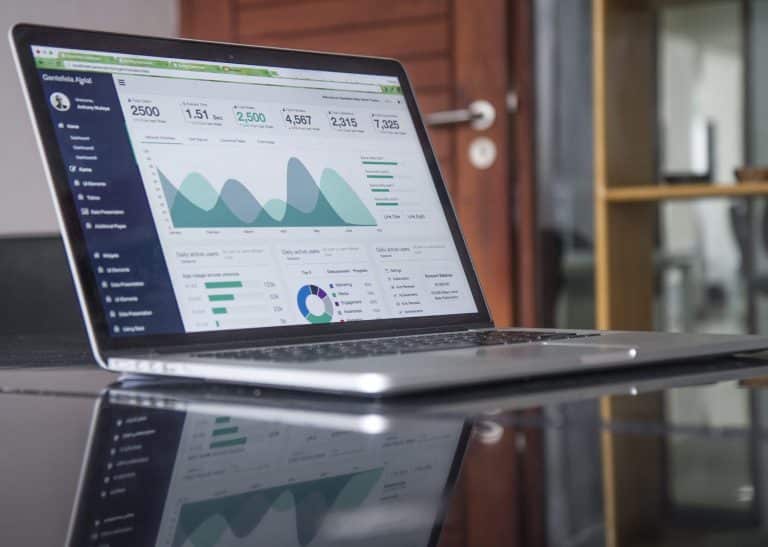In the end, people always want to know what’s going on and they want to know it immediately. When alternative options are available, no one wants to waste time waiting for a website to load slowly.
Visitors today are impatient and will only wait 2–5 seconds for a page to load on most sites. If your website loads more slowly, you risk alienating viewers and perhaps clients. Some believe that a slow-loading website will cost you business.
Why Does a Slow Website Mean Slow Business?
In terms of search engine optimization (SEO), paid search, and social advertising, a sluggish site (one that takes longer than 5 seconds to load) might entail a worse ranking, as well as a bad user experience and lower conversion rates. What are the implications of all of this? Below is a breakdown of how we did on each statistic.
Also Read: Why Should You Pay For Hosting When You Get It For Free?
Choosing The Right WordPress Theme
- Rankings in Search Engines Fall
While Google and other search engines use a variety of factors to determine a website’s SEO, page speed is almost always included in the top 10. As a result, Google now penalises slow-loading mobile sites with its Mobile-First index, which was launched in 2018.
Of course, penalised websites don’t do well in search engine results, as we all know. The phrases you’re targeting, won’t be among the top search results, regardless of how well-written your content or how well-executed your website design is.
- Search Rate Isn’t Great!
Your quality score, which affects how much you’ll have to spend to post ads in pay-per-click (PPC) advertising, must be improved if your business relies on it (cost per click [CPC]). Google Ads evaluates websites based on the relevancy of their landing pages to particular search phrases (their search engine results page [SERP] positions). The user experience will play a role in determining that score, and user experience is directly related to how quickly a website loads.
If your site is slow, you will not appear in the first two SERP places because of a poor quality score. Also, if you’re aiming for a high-profile term, you’re unlikely to appear towards the top of search results. Your advertising won’t appear at all if your quality score is too low.
- Ads That Aren’t Up to The Mark
When it comes to ad-related firms, Facebook gives preference to those with fast sites, similar to Google Ads. After all, no social network wants to disclose unwelcome findings to potential clients. As a result of changes to Facebook’s algorithm in 2017, advertisers now have to consider site speed and mobile site performance when placing ads.
- Conversion Rates Are Low Due to a Bad User Experience.
One of the primary reasons visitors leave a site is due to a lack of speed. Bounce refers to a visitor who only looks at one page before clicking away. Slow sites tend to have large bounce rates since no one wants to stay around and wait for them to load, which is terrible for business. Bounce rates are also taken into account when determining SEO rankings.
Bounced visitors don’t convert, which makes things even worse. This is a huge deterrent for potential customers, even if only because of the lengthy checkout procedure. People are more inclined to abandon a slow-loading website. The more time people take to decide, the more likely it is that they will alter their decision, resulting in a poor conversion rate.
So, how can you make your site load faster so that you can get the most from it?
How Fast Do You Want Your Website to Be?
Low site speed can bring about a variety of issues, three of which are detailed here.
- Put your trust in a Content Delivery Network
By hosting files over a network of servers located all over the world, a content delivery network (CDN) solution reduces the time it takes for your site to load. Visitors will see your site’s content more quickly since it will be provided from servers that are physically closer to them. Nearby servers provide pages quicker because of this law of causation. The solution reduces pressure on individual servers by spreading bandwidth over a whole network.
- Perform a Site Speed Test and Make Adjustments
If you’d want to see exactly how much quicker your site becomes after each upgrade, you may use tools like Pingdom or Page Speed Insights. You may also find out which parts of the system are taking the longest to respond.
- Reduce the complexity of your website’s design.
If you want a speedier website, go with something leaner. Reduce the number of HTTP requests needed to download media and JavaScript by keeping your site’s components to a minimum.
To avoid slowing down the entire site, know which file formats to use. JPEG photos employ higher compression levels, making them appropriate when clear, clean lines aren’t important. When deciding between JPEG and PNG images, for example.
Conclusion
Website speed and performance are important for a variety of reasons, and none of them is frivolous. You’ll miss out on a tonne of business chances if you don’t meet them. However, all is not lost because following our recommendations will spare you the pain of a sluggish site.

